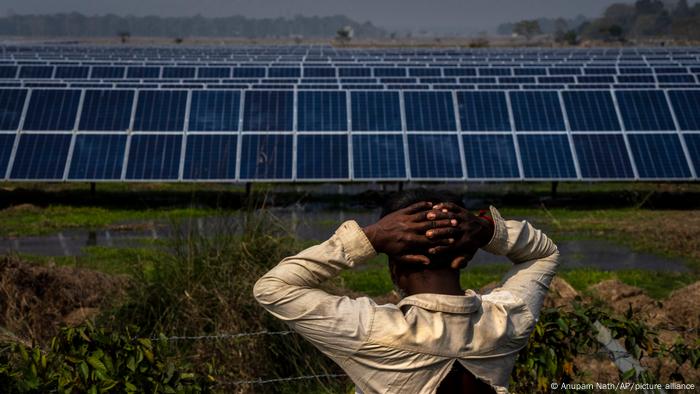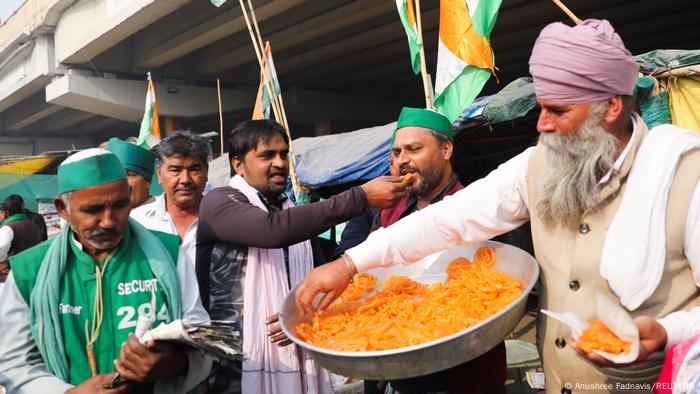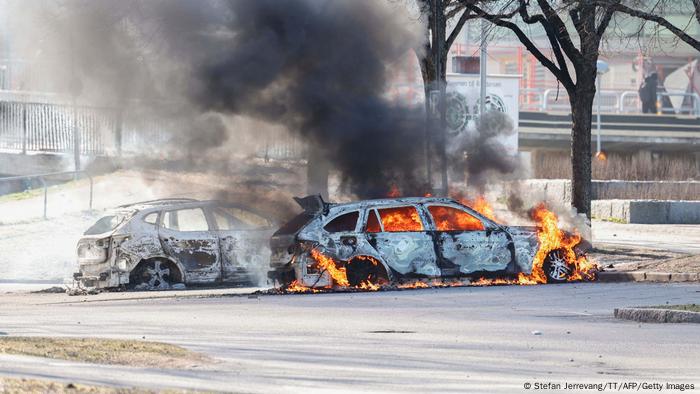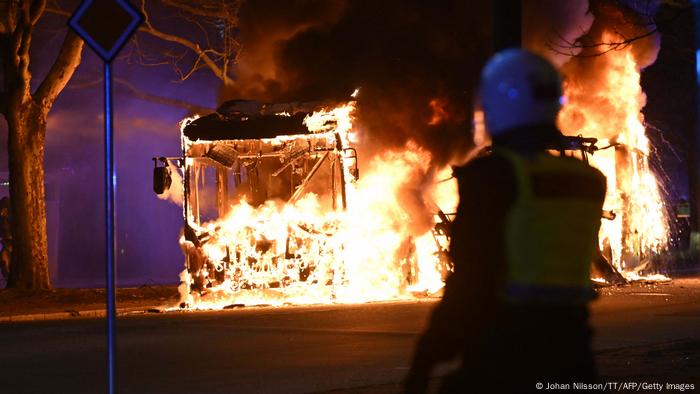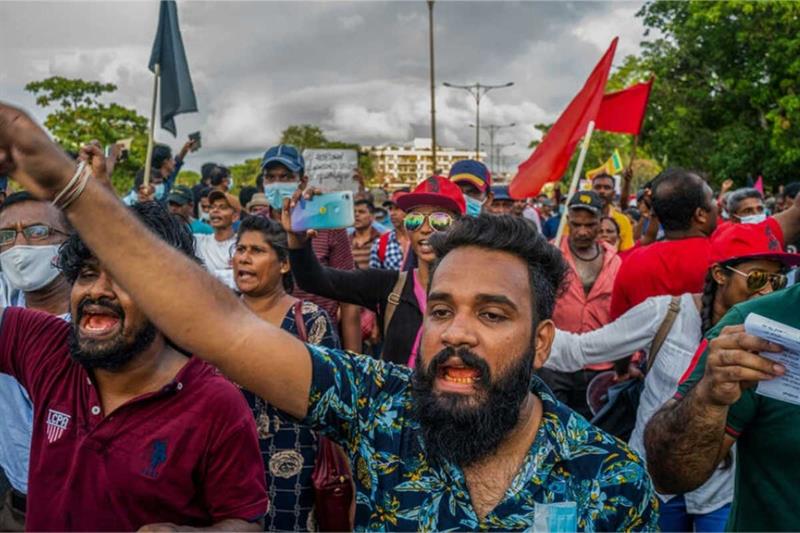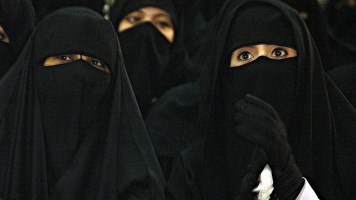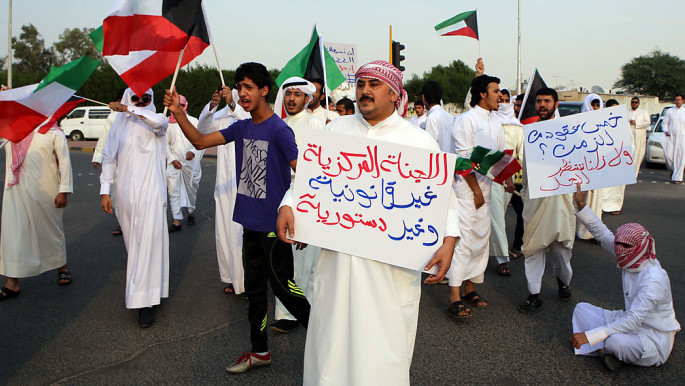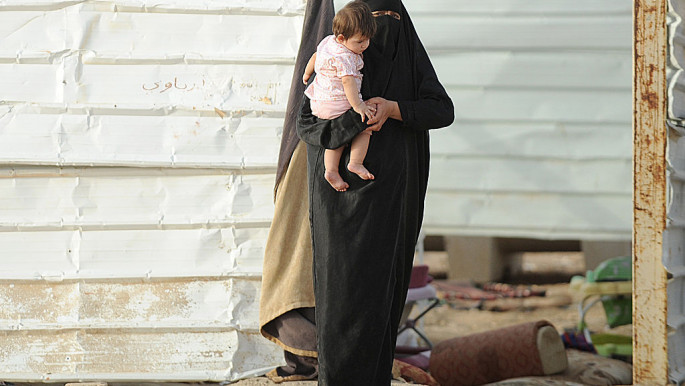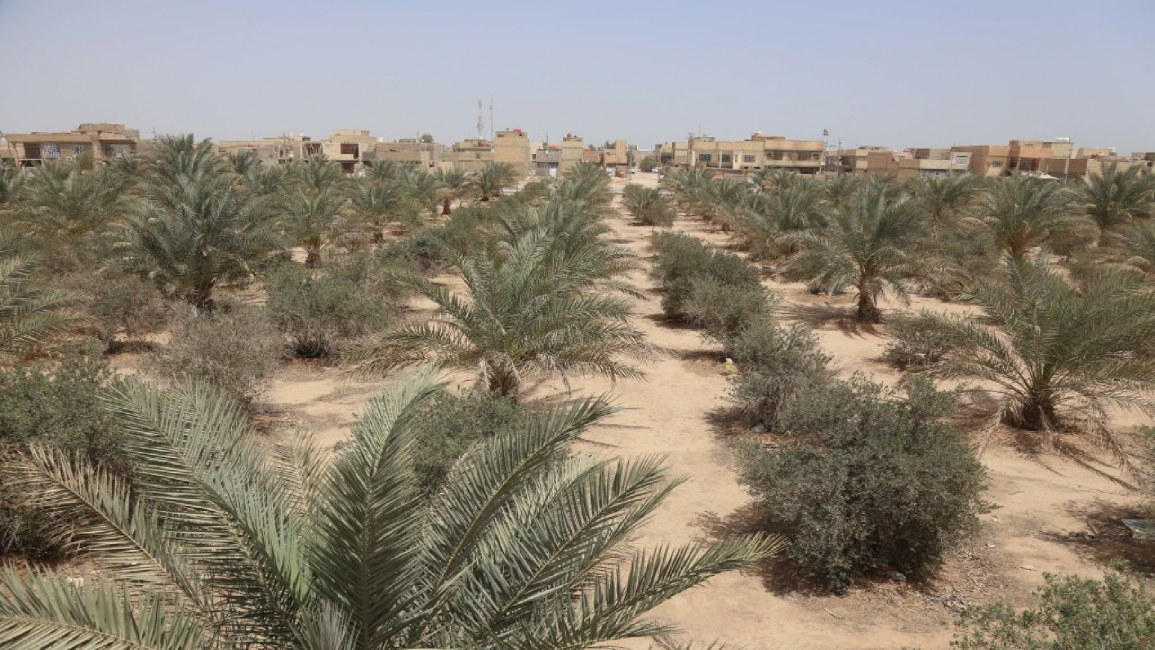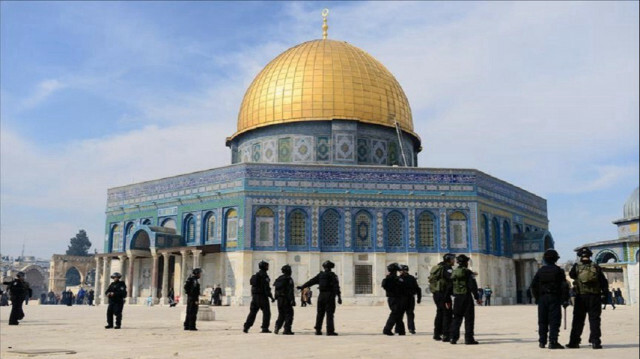#KASHMIR IS #INDIA'S #GAZA
Kashmir: Businesses call for reopening cross-border trade with Pakistan
Three years after trade was halted across the "Line of Control" between India and Pakistan-administered Kashmir, the impact is being felt by thousands of villagers in remote areas who had depended on free trade.
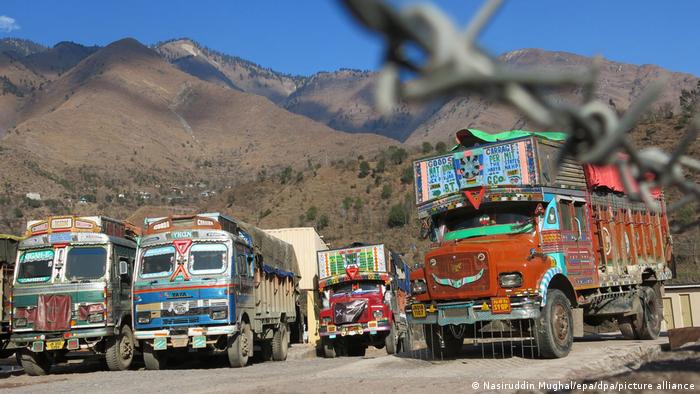
Before the crossing was closed, trucks loaded with goods would enter
India-administered Kashmir four times a week
Traders in India-administered Kashmir are demanding authorities reopen trade routes with Pakistan as the prices of goods and food continue to skyrocket.
In 2008, India and Pakistan opened trade across the "Line of Control (LoC)," a heavily militarized de-facto border dividing Kashmir between India and Pakistan. The move was seen as a "confidence-building" measure between New Delhi and Islamabad.
However, New Delhi stopped cross-border trade in April 2019 as it prepared to scrap India-administered Kashmir's semi-autonomous status. India claimed the route was being misused by people with links to terrorist groups.
During the Islamic holy month of Ramadan, more people are eating fruits and buying other commodities in Muslim-majority regions of India-administered Kashmir. The closure has led to high prices for common goods.
Hilal Turkey, chairman of the LoC traders' association in Kashmir, told DW that the prices of commodities have increased by 200% after the suspension.
"Buying fruits like grapes, oranges, dates, Miswakhs (teeth-cleaning twigs), or spices that were traded through the LoC is now beyond many people's budget," he said.
Informal trade has big impact on rural communities
When cross-border trade in Kashmir was active, 21 items were allowed to be traded, including varieties of fruits, vegetables, and handicrafts. The trade was carried out duty-free using a barter system and did not involve exchanges of currency.
Trucks would cross the border at the Chakan-da-Bagh station near the town of Poonch, and at a crossing near the town of Uri to the north.
The trade route created a frontier economy and provided livelihoods to thousands of people living in remote areas that usually see meagre economic activity.
Uri and Chakan-da-Bagh turned into business hubs and thousands of traders from across northern India would converge there to buy commodities at cheaper prices. New shops, warehouses, and restaurants sprang up, engaging local youth as managers, drivers, and daily wage workers.
The route also allowed the remote region cheaper access to food staples and commodities that otherwise would enter Kashmir from mainland India at a higher price.
Even cotton items and suits brought from Pakistan-administered Kashmir would be sold at cheaper rates on the Indian side of the border.
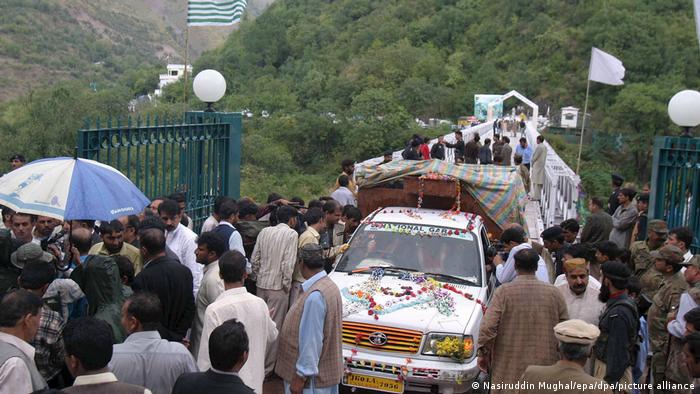
The trade route was opened in 2008 to much fanfare
Traditional Pakistani footwear and suits became a big hit. Many boutiques sprang up across Kashmir, selling Pakistani suits.
Within ten years, annual trade via the LoC route was estimated to be at the $1.2 billion mark.
However, as the trade continued to grow, it also drew controversy as traders in mainland India paying taxes on their goods complained that the cheap, tax-free goods entering India via Kashmir were distorting competition.
Additionally, authorities became concerned after reports of narcotics, weapons, and counterfeit currency on trucks coming from Pakistan raised suspicions that the trade was being used to promote anti-India militancy. In April 2019, New Delhi suspended the trade indefinitely.
Border closes and money dries up
Official data shows more than 4,000 families were directly involved in the day-to-day trade operations across the LoC. Manufacturers, farmers, and truckers that provided and moved goods also benefited.
After the route was closed, many traders either stopped the business or are under heavy debt.
"We became victims of the harassment from investigative agencies and banks," said LoC traders' association head, Turkey, whose fruit business has since closed.
Laborers in the once-bustling border towns now struggle to find work. Before the suspension of trade, laborer Mushtaq Ahmad used to earn $10 a day.
"I have three children and one of them quit his studies to work in a hotel in Srinagar because there was no income for the family," Ahmad said.
Trade was a bridge between India and Pakistan
The cross-LoC trade was an important contributor to economic and social development in the conflict-torn Himalayan region.
A sign at a bridge crossing the LoC reads: "From home to home, we extend a very warm welcome to our Kashmiri brethren."
"The objective of the trade was to bring peace to the region. It did create a virtuous cycle between trade, trust and people-to-people connectivity, with its impact spilling over to the overall India-Pakistan dynamics," said Afaq Hussain, an economist who has done extensive research on the LoC trade route.
According to him, the ban has resulted in the loss of goodwill and cooperation that had gradually built because of trade.
Hussain has found that trade was critical to promoting peace and regional cooperation in the region, and said it should resume immediately.
"The LoC trade may be only a minuscule part of India's overall economy, but its impact goes beyond standard metrics. The cases of thriving businesses and reunited families on both sides of the LoC stand testimony to the effectiveness of these confidence-building measures," he told DW.
